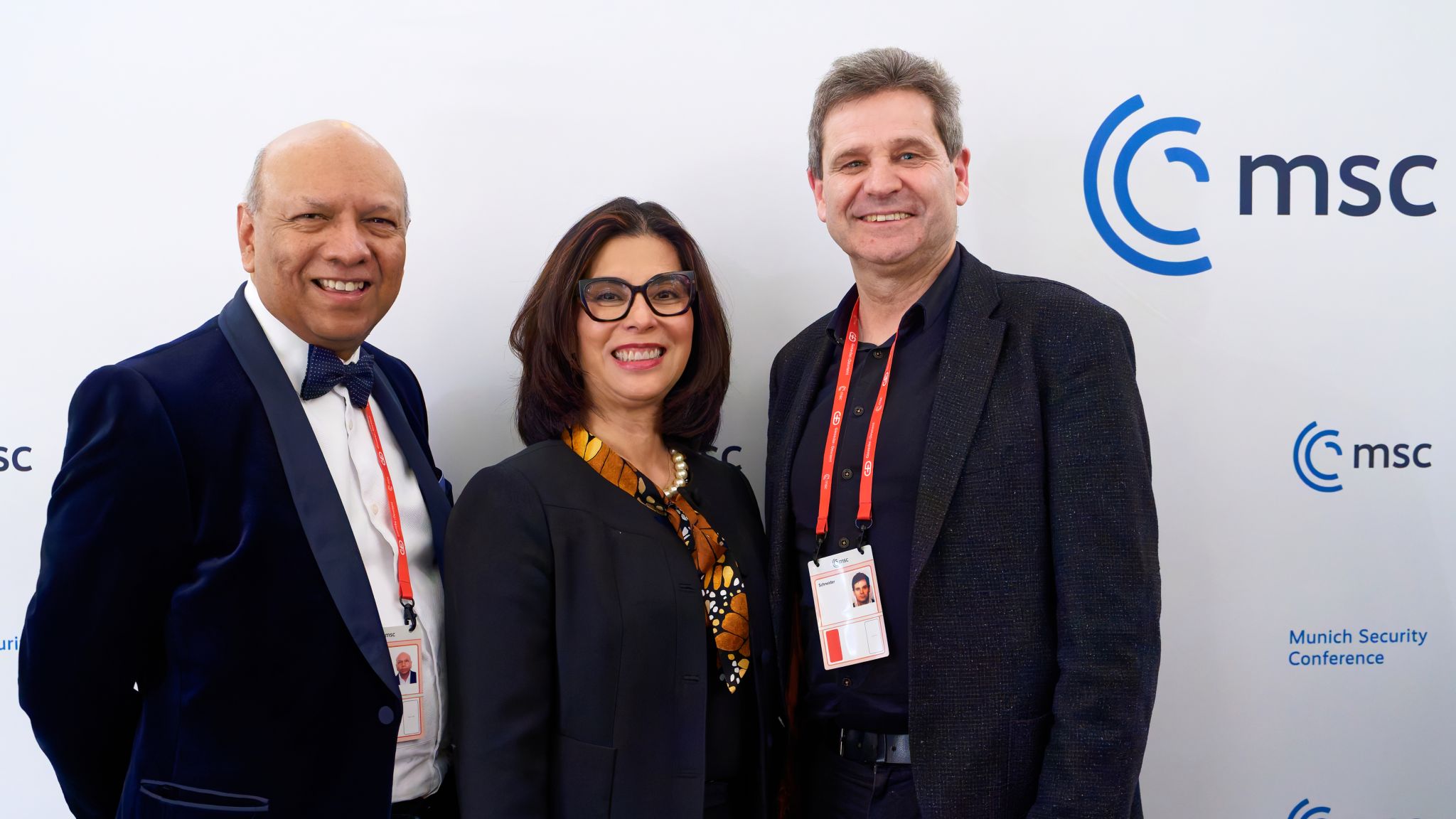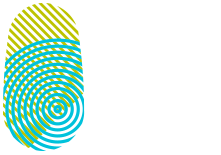Looking at the current regulatory landscape regarding cybersecurity in the Internet of Things, we see a global evolution on policies and regulation related to cybersecurity and privacy.
By Jacques Kruse Brandao, Global Head of Advocacy Digital Trust Services, SGS
Looking at the current regulatory landscape regarding cybersecurity in the Internet of Things, we see a global evolution on policies and regulation related to cybersecurity and privacy. Countries or regions like the UK, Japan, and California began to pass laws related to cybersecurity baseline requirements while referring to best practices like Security-by-Design, secure SW Updates or a minimum duration of security patches. Germany is about to propose an IT Security Law 2.0.
In parallel, several other players are in the preparation of complete frameworks like the European Cybersecurity Certification Framework or the Cyber-Physical Security Framework in Japan, besides reviewing activities related the resilience of their essential services and critical infrastructures. In the US, the Cyberspace Solarium Commission published a report that proposes a National Cybersecurity Certification and Labelling Authority.
At the virtual Charter of Trust Geneva Roadshow recently, we had the chance to learn from Swiss Federal Cyber Security Delegate Florian Schütz about Switzerland’s intension of to ensure the integrity of entire supply chains. From Dr. Raphael M. Reischuk, the Vice-President of the Cybersecurity Commission of ICT Switzerland, we learned about a proposal for a Swiss Conformity Assessment Institute. This was aimed at increasing trust in certifications and to ensure conformity, which would be a complementary step to the Charter of Trust’s Principle 2 baseline requirements for the supply chain.
Most of these initiatives on regulation are not yet completed. As the Charter of Trust, we are ready to add value with our industry perspectives on secure supply chains, and to further discuss the importance of harmonized cybersecurity requirements. In order to build trust in a hyper-connected world, we may also need to think about the importance of efficient and independently verifiable Security by Design. This would strengthen the ability of suppliers to continue offering compliant products and services in the future.


You may also like

Richards Skalt takes over the Advocacy Workstream
With a strong background in advocacy and a forward-looking vision, Richard brings renewed energy to our mission of shaping a secure digital future. As he puts it:
“My motivation is to preserve and build upon the strong foundation of advocacy activities we’ve developed over the past years. At the same time, I’m committed to ensuring we’re in a position to shape the policies that will define how our business model and operations evolve in the future – including the cybersecurity of products and systems, the use, deployment, and distribution of robust AI solutions, as well as cloud security and secure datacenters.”
In a world defined by accelerating digital transformation and increasingly complex regulatory challenges, principled leadership and effective collaboration are more vital than ever. Under Richard’s leadership, the Advocacy Workstream will continue to engage policymakers, raise public awareness, and strengthen education around key issues such as cybersecurity, AI governance, and secure digital infrastructures.

New Chairwoman for the Global External Engagement Group
Pino’s election follows a dynamic Collaboration Week in Denmark, where Charter of Trust partners from around the world came together to align on strategy, strengthen partnerships, and reaffirm our commitment to a secure digital future. As a longstanding leader within the advocacy workstream, Pino has been instrumental in fostering open dialogue with key external stakeholders and promoting cybersecurity awareness across industries and institutions.
“A reliable digital world can only thrive if public and private institutions build trust and cyber-resilience together, share their expertise, and support society in this digital journey. Those are our goals at the Charter of Trust,” says Pino.
She takes over the role from Sumit Chanda, COO/CISO at Atos, who has guided the working group with vision and energy. We are pleased to share that Dr Chanda has since been elected Co-Chair of the Charter of Trust by the Board of Directors in February—ensuring his continued impact on the initiative’s strategic direction.
We extend our sincere thanks to Sumit for his outstanding leadership and warmly congratulate Pino on her new role.

Charter of Trust elects new co-chairs of the Board of Directors
The Partners and Associated Partners thanked Natalia Oropeza, Global Chief Cybersecurity Officer at Siemens, for her engagement and steady leadership during her term as Chairwoman. In her tenure, the Charter of Trust underwent important internal and external changes. What first stands out is the smooth integration of the four working groups, which made the Charter of Trust more agile, leaner and more efficient. It is also safe to say that the alliance has never had such a high level of exposure externally, due to the Charter of Trust partners continuous dedication to the mission of the alliance.
In the spirit of industry collaboration, Natalia Oropeza expressed her support to our new Co-Chairs and said how “incredibly proud of what we have achieved together, welcoming new partners, strengthening our structure, and elevating the Charter of Trust's impact on the global cybersecurity landscape. Collaboration has been at the heart of our success, and I am confident that Dr. Sumit Chanda and Dr. Ralf Schneider as Co-Chairs, the Charter will continue to drive meaningful progress towards a more secure digital world."
For the first time in its history, the Charter of Trust will be co-chaired. Dr. Ralf Schneider from Allianz and Dr. Sumit Chanda from Atos who have decades of experience in the world of cybersecurity and have been active within the alliance for several years now. Both unite an intrinsic motivation to foster inter- and intra-sector collaboration as well as the continuous sharing of knowledge between the Partners and Associated Partners of the Charter of Trust.
For the next year the co-chairs aim to amplify the number of Partners and Associated Partners. This growth, however, should still preserve the unique features of the Charter of Trust as a large practitioner organization with member from all over the world. Expanding into new sectors and new countries is a key target for the new leadership team, so that the Alliance can continue to engage with stakeholders at the highest level.
Dr. Sumit Chanda underlined that “The Charter of Trust’s role is to promote a safe and trusted digital work. Its unique partnership blend of large organisations, working across 190 countries, and across several sectors, has enabled it to make significant progress under the leadership of Mrs. Natalia Oropeza. I would like to thank her for these great achievements. Along with Dr. Ralf Schneider from Allianz, we welcome the opportunity to build on her work as the Co-Chairs of Charter of Trust.”
Ralf Schneider added that “In dynamic times with more risks, more uncertainty, and more unknowns, we as the Charter of Trust step up – to provide stability, promote reliability, and foster trust. This is our mission today and tomorrow.”.



